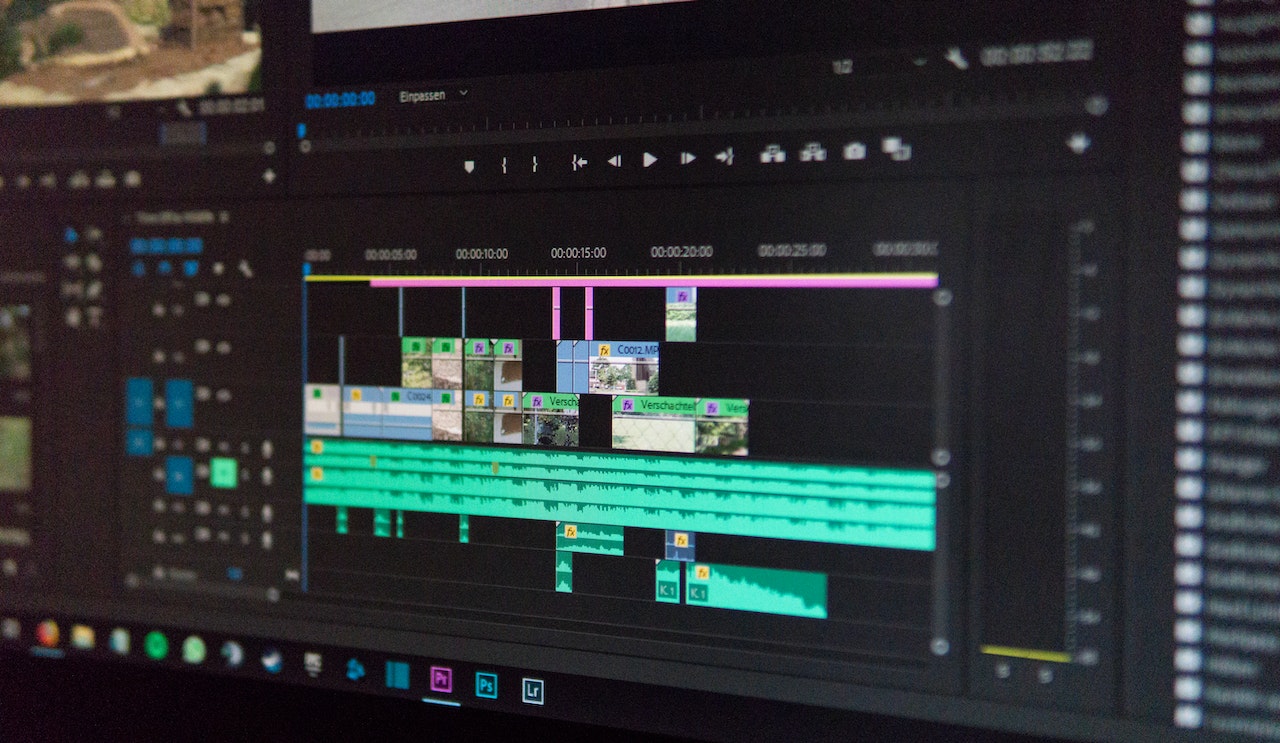Popular Effects and Styles of Animation in Advertising: A Detailed Review
In recent years, the advertising industry has been revolutionized by the remarkable advancements in technology, among which animation has played a significant role. Animation breathes life into static images and texts, transforming them into captivating visual stories that effortlessly resonate with the target audience. Let’s delve into the most popular styles and effects of animation in advertising.
The Reign of 3D Animation
Three-dimensional (3D) animation has evolved to be one of the most influential tools in the advertising industry. Unlike 2D animation, which is flat and only has two dimensions – height and width, 3D animation adds a third dimension – depth, creating a more realistic and engaging viewing experience.
With the help of 3D animation, advertisers can create hyper-realistic product models, showcasing them from various angles, thus allowing the customers to have a better understanding of the product before they purchase. The illusion of depth not only provides a tangible feel to the products but also enriches the storytelling process, making the advertisements more immersive and appealing.
Notable brands such as Apple and Nike have extensively utilized 3D animation in their advertising campaigns. For instance, Apple’s famous “Don’t Blink” advertisement effectively uses 3D animation to create stunning visuals of their products, hence captivating the audience and selling the brand’s innovative spirit.
Stop Motion and Its Charm
Despite the increasing dominance of digital animation techniques, traditional styles like stop motion still hold their unique appeal in the world of advertising. Stop motion is an animation technique where objects are physically manipulated in small increments between individually photographed frames so that they appear to exhibit independent motion when the series of frames is played as a fast sequence.
The charm of stop motion lies in its handmade, organic feel. It provides a sense of nostalgia and authenticity that digital animation techniques often struggle to replicate. Companies often use stop motion animation to create a warm, human touch in their ads, establishing an emotional connection with the audience.
LEGO, the renowned toy company, has used stop motion animation in numerous advertising campaigns to bring their toy sets to life. These ads typically resonate well with both children and adults alike due to the playful, imaginative nature of the animation style.
The Rise of Animation in Online Gambling Advertising
The online gambling industry, particularly mobile casinos, has also tapped into the potential of animation to enhance their advertising strategies. Since online casinos are fundamentally virtual, animation has become an integral part of their visual communication, helping to portray the thrill and excitement of the game in a visual format.
3D animation is commonly used in mobil casino online advertisements to create a lifelike representation of the casino environment. From spinning roulette wheels to flipping cards in a poker game, 3D animation helps to recreate the exhilarating atmosphere of a physical casino on a digital platform.
Another animation style that has gained popularity in mobile casino advertising is the motion graphic animation. Motion graphics are pieces of digital footage or animation which create the illusion of motion or rotation and are usually combined with audio for multimedia projects. They allow advertisers to convey complex messages about gameplay, offers, and bonuses in a simplified and engaging way.

The Use of Animated Characters
In the pursuit of creating memorable and relatable advertisements, brands often employ animated characters to tell their stories. Characters, whether they’re cute animals or personified objects, add a level of relatability and engagement to the ads. They can express a range of emotions, create humor, and portray brand values effectively.
GEICO’s Gecko, the brand’s mascot, is a prime example of an animated character used in advertising. The cute, charming, and talkative gecko has become a beloved figure, greatly aiding GEICO’s brand recognition.
In conclusion, the power of animation in advertising is undeniable. From 3D animation to stop motion, from animated characters to motion graphics – each style and effect has its unique way of captivating audiences and communicating the brand’s message.
The future of animation in advertising is exciting, with virtual and augmented reality technologies promising even more immersive and interactive advertising experiences. As we become more connected digitally, we can expect animation to play an even more crucial role in how brands tell their stories and connect with their audiences.
Moreover, emerging sectors like mobile casinos, which have inherently virtual offerings, will continue to innovate in their use of animation to provide a lifelike, thrilling gaming experience for their users. As they harness the power of these animated tools, their ability to convey intricate details about their products in a simplified yet entertaining manner will be a game-changer in their advertising strategy.
As we look forward, one thing is clear: animation will continue to reshape and redefine the landscape of advertising. Its ability to infuse life into static images, create immersive worlds, and evoke emotions is a testament to its power and impact in the realm of advertising. Whether it’s drawing viewers into a 3D product showcase, evoking nostalgia with stop motion, simplifying complex information through motion graphics, or creating a bond with an animated character – animation has and will continue to revolutionize the way advertisers communicate with their audience.
